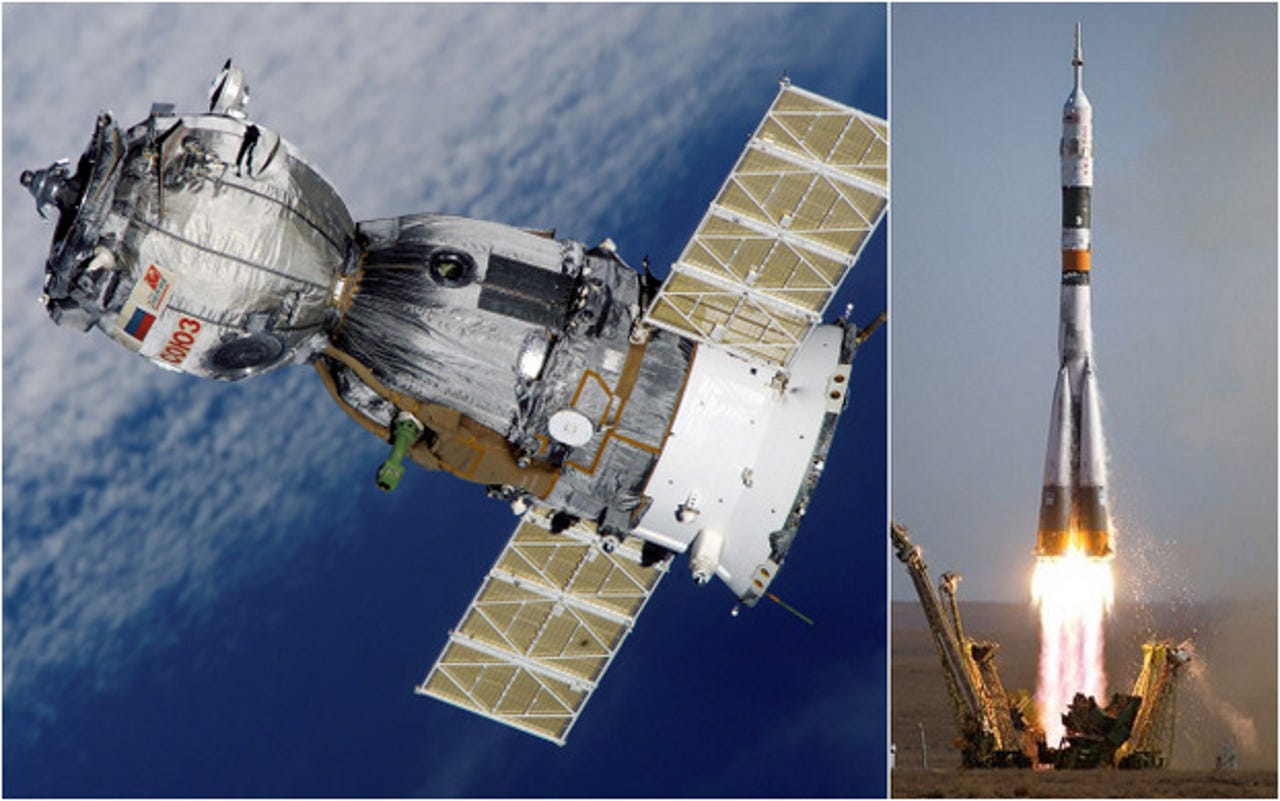Firing the Space Shuttle: Top 9 replacements (gallery)


Boeing's CST-100 (Crew Space Transportation) is a large capsule capable of supporting up to 7-man crews and is designed to remain in orbit for up to 7 months at a time, and can be re-useable for up to 10 missions.
MPCV (Multi-Purpose Crew Vehicle) is an outgrowth of the CEV (Crew Exploration Vehicle) of President George W. Bush's Vision for Space Exploration initiative that was announced in January of 2004. Various design changes have resulted in a capsule that can carry up to four astronauts, and is similar in outward appearance to the Apollo capsule from the 1960s.
SpaceDev's Dream Chaser is an attempt to return to the X-34 lifting body designs originally proposed for the Air Force. Like the Space Shuttle, the Dream Chaser is a re-useable spacecraft which can accomodate a crew of seven astronauts and cargo for resupply of the ISS. It is designed to launch atop a Atlas V booster rocket and on its return trip earth, perform a glide (unpowered) landing on a conventional runway exactly like the Space Shuttle.
Founded in the Year 2000 and privately funded by Amazon.com founder Jeff Bezos, the company has established a facility in Culbertson County, Texas, for the development of their spacecraft known as "New Shepard".
Under development by the US military and NASA since the 1960s, the Delta series of rockets have an impeccable history for delivering unmanned payloads into orbit. The Delta IV, which comes in five variants depending on payload requirements, will almost certainly continue to be used for launching satellites and unmanned probes into space for the foreseeable future.
United Launch Alliance Atlas V Launch System
The Space Launch System, or SLS, is a multi-stage rocket and booster system that uses technologies and components recycled from the Space Shuttle program, namely the multi-segment SRB (Solid Rocket Booster), the External Tank (ET) as well as the RS-25 Space Shuttle Main Engines built by United Technolgies' Pratt & Whitney Rocketdyne division.